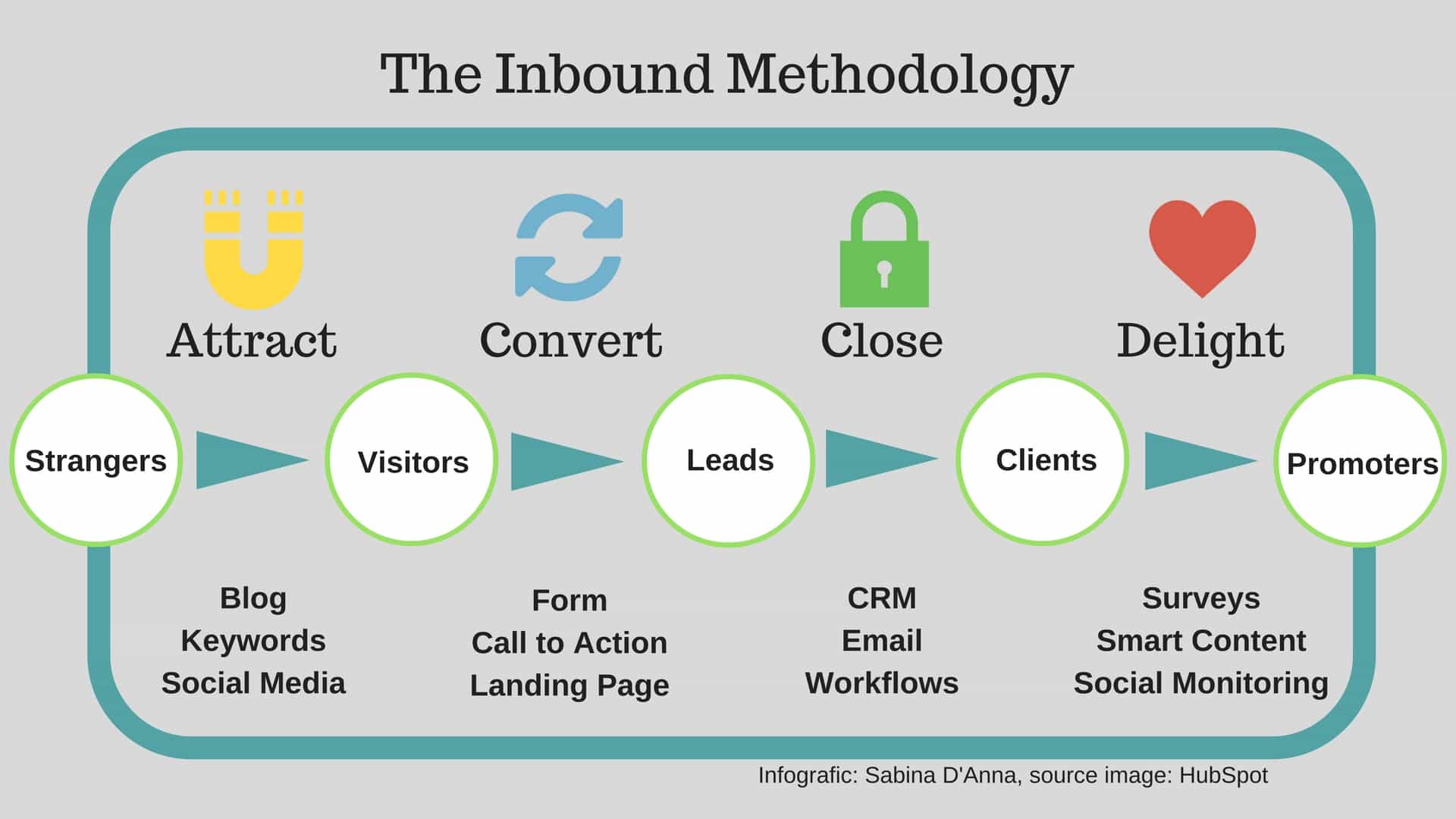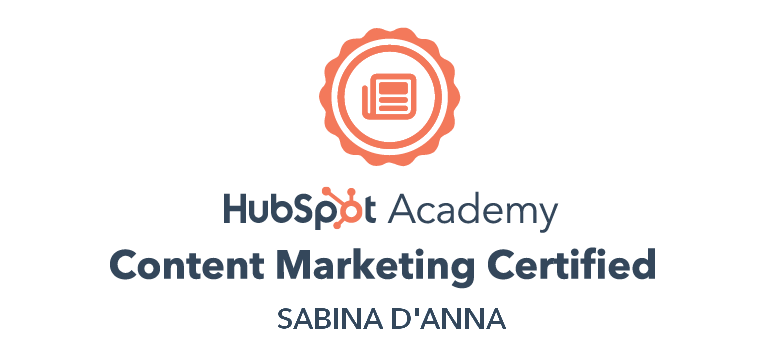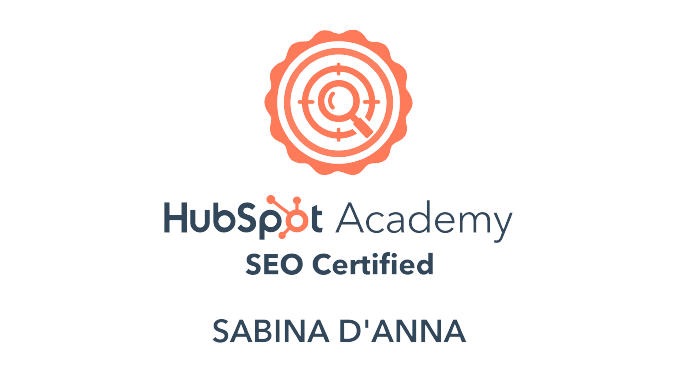Why Inbound Marketing is so important for your business
In 2009, HubSpot coined the term "Inbound Marketing," which refers to a methodology aimed at capturing customers' attention by creating and sharing relevant content through online channels such as blogging, search engines, and social networks.
The official HubSpot definition:
Inbound marketing is an approach focused on attracting customers through content and interactions that are relevant and helpful — not interruptive.
Unlike outbound marketing, inbound marketing does not need to fight for potential customers attention. By creating content designed to address the problems and needs of your ideal customers, inbound marketing attracts qualified prospects and builds trust and credibility for your business.
The Inbound Methodology has 4 phases:
Attracting the right audience to your site is the first step. Once they're there, you want to convert them into leads. From leads, your goal is to close them into customers. And remember, it doesn't end there - always strive to delight your customers with your content, so they become promoters of your brand.

Let's go through what differentiates these stages:
ATTRACT
The starting phase is to attract visitors to your website/blog. Being present through website, blog and social channels is not enough, in order to attract visitors interested in your brand or product you have to create useful, targeted and tailored content.
To do that you need to:
- Know and understand your audience
- Identify your ideal customer profile (buyer persona)
- Answer through your content to the users' needs
CONVERT
At this stage, you need to convert visitors into leads. How? Generating quality content through forms calls to action and landing pages. Other useful tools are webinars, ebooks, infographics, whitepapers and videos.
To succeed in the conversion, each of these tools must have certain characteristics, for instance, an effective landing page does not contain distraction within it, it's simple, intuitive, and pushes action through the right and well-placed call to action.
CLOSE
During the third phase, you need to convert leads into customers.
At this stage, you have already collected your customers' data and you can use this info to create targeted content through:
- DEM campaigns (Direct Email Marketing), schedule send and frequency
- CRM, Customer Relationship Management: a tool that tracks all communications between users with the sales department and all users' actions on your site and with your content.
- Automatic Emails, also known as triggered emails, are emails sent to users only if certain conditions are met and in response to specific actions taken by the user on your website. These emails are personalized and tailored to the user's behaviour or preferences, making them highly relevant and effective.
DELIGHT
The last stage of the Inbound Methodology is crucial: transform loyal customers into promoters! As we all know, word of mouth is the most powerful marketing weapon.
Showing a constant presence and continuing to delight your customers with dedicated content and promotions is crucial. The best ways to engage with your customers are:
- Surveys
- Dynamic texts: contents that change according to visitors to always offer custom and relevant content
- Social channel monitoring: allows you to know customer feedback, respond to their requests, questions and criticism
This strategy will bring to your communication channels new users, and potential customers, the cycle starts again and will never end.




3 Comments
Being delighted is the 4th step in your methodology, I’m delighted .
Thank you for your positive comment, I am glad to hear that 😊